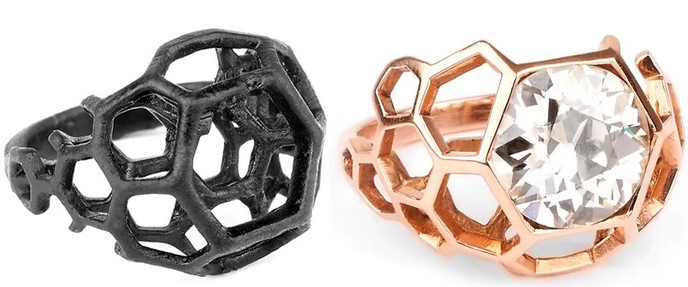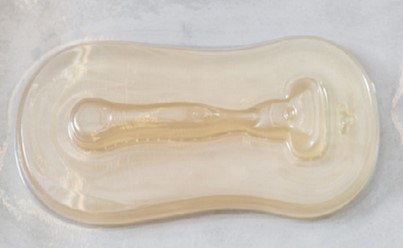I read an article today in Machine Design about how certain types of industries are using 3D printing to supplement their main production. This is a process referred to as Hybrid Manufacturing.
We all use plastic parts every day. Most of us never think twice about these parts are made. We take it for granted that it is light, strong, colorful, and meets our needs.
Many plastic parts are manufactured through a process called injection molding. Plastic resin is heated to a high enough temperature until it will flow like water.
This resin is then pushed by a hydraulic ram into molds. These molds allow the plastic to flow where we want it to take the shape of the part. The plastic cools and then the plastic part is ejected from the mold. Watch this video if you want to see a cool representation. https://youtu.be/b1U9W4iNDiQ
I went through that explanation to share that those molds are made of steel are expensive and have long lead times to manufacture. This makes it hard to make rapid changes for prototyping or new product development.
Welcome 3D printing. Molds of heat resistant material can be 3D printed and used for low volume production or prototyping. I consulted years ago with a company that made the plastic interior parts for Boeing. Think of the air adjustments above your head or the service light. They could easily use 3D printing to make molds for prototypes.

Design world
Casting is another area where you can take advantage of 3D printing. Industries like jewelry fabrication or dentistry use casting to make jewelry and new teeth!
Jewelers can design a piece and then 3D print it using casting resin. When the design is placed in a sand mold then burned away by the hot gold, you have a beautiful piece of jewelry left behind.

Overmolding is another area where 3D printing will support hybrid manufacturing. In overmolding, you take a softer material and mold it into the harder plastic. Let the two cool and you now have a completed part of two materials!

You know those cheap little trays that products like razors come in? That is a process called vacuum forming. Thin sheets of the material are clamped in place over the 3D printed mold. The material is heated and then a vacuum is pulled over the mold. Once the sheet cools, you have your tray!

As you can see there are many ways hybrid manufacturing is being used to support the company’s main business. As 3D printing becomes cheaper and more readily available, this will only speed up!
As always, it’s an honor to serve you and I hope this helps you and your organization get a little bit better today.
Follow me on Twitter
Join me on LinkedIn
Listen to the podcast here
